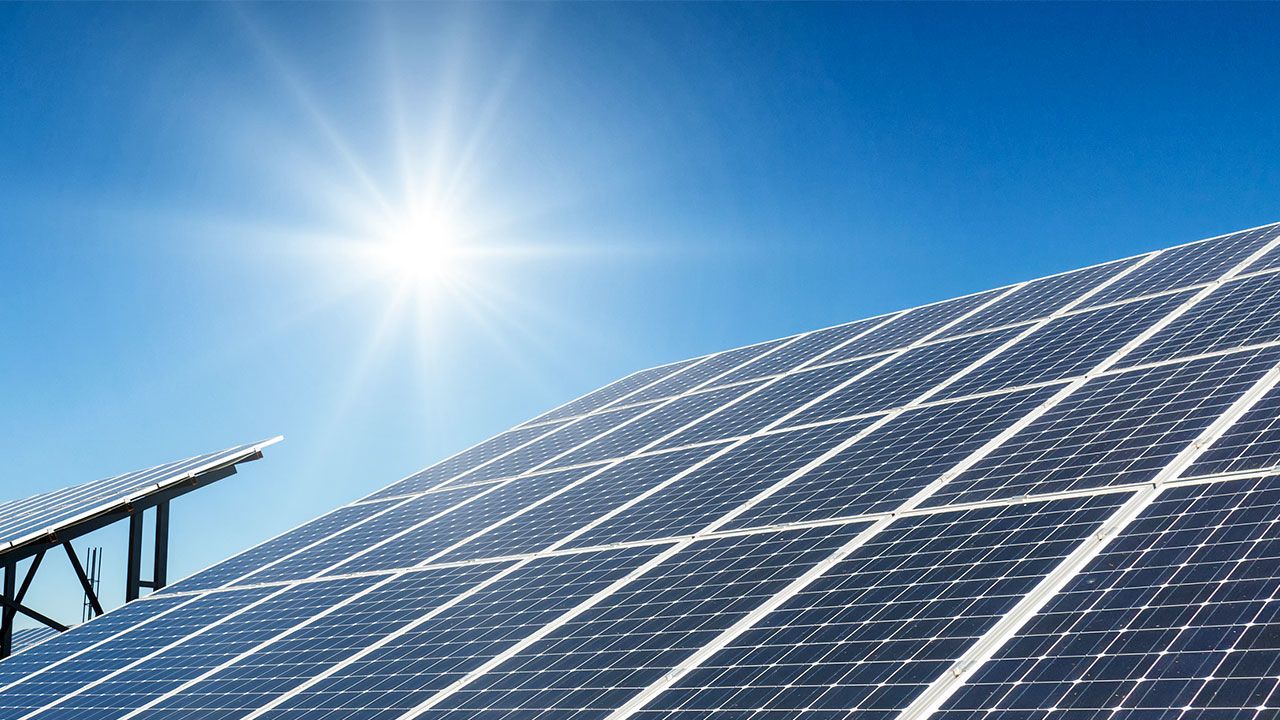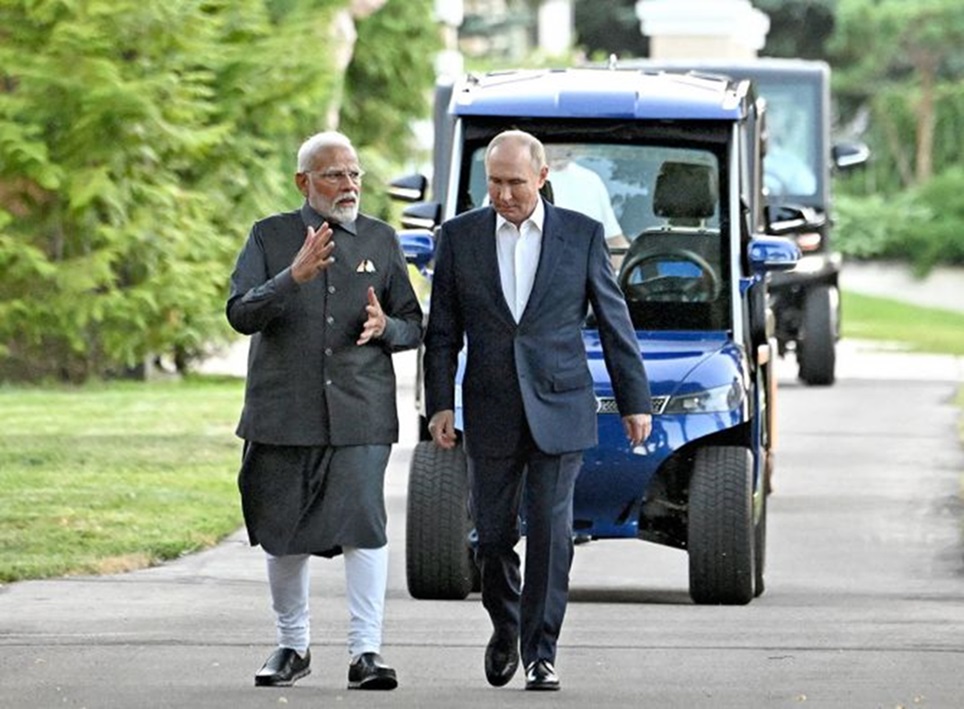With a formidable enemy, the war is better fought at multiple fronts. While the valour during a direct confrontation is undoubtedly laudable and has been a strong point of India, with a history of exemplary courage right from the times of the Hydaspes war to the folklores of Rajput’s valour, to the unfathomable grit displayed by Indian soldiers at Kargil, and the determined ground holding in the face of the recent standoff at the northern border, prudence dictates a sustained, long term strategy to strengthen ourselves. In today’s times, geopolitics and the economy are interlinked in an unparalleled manner. Hence, the belligerent attitude of China by pushing territorial demands has triggered an urgency for capacity building not only in defence sector but also in other areas of engagement to face the multifaceted challenges arising out of the expansionist agenda of the rising dragon. While the deal for 21 Mig- 29s and 12 Su-30s with Russia is being seen as a step in enhancing our defence capabilities, there is another awakening which though lingering from a very long time, has gained momentum in the political circle as well as the Indian populace that is of shaking off the yoke of economic dependence on China.
The clarion call by the Indian PM for being Atmanirbhar has resonated far and wide. The trade deficit of India with China stands at a staggering US $ 48.66 billion, which itself explains the need to remodel our economic policies. How much can we rely on an aggressive neighbour for items of strategic importance such as communication equipment, active pharmaceutical ingredients and energy, which can cripple us even without waging a war on the border? India seems to have finally woken up to the reality of its precarious position and is making efforts to restructure its economic mould. A strong deterrence to external aggression is internal strength and one such area with immense potential is solar energy. It could be used to power agriculture, industry, and defence sector, in addition to creating a significant number of jobs in urban as well as rural areas. If India aspires to protect its own interests as a rising nation as well as claim the position of net security provider in the South Asian region, it will have to reduce its energy dependence.
Solar power is a highly promising sector in India with Tropic of Cancer crossing the mid of the country and providing around 300 days of peak solar radiation, amounting to 2300-3,000 hours of sunshine equivalent to above 5,000 trillion kWh. The land availability to set up Solar Parks is also not an issue as there is an abundance of arid, sunlit land in drought-prone rural areas. Now even the technology to set up a solar park on the water is in place and has been utilized in the creation of India’s largest floating solar park at Banasura Reservoir in Wayanad, Kerala. Solar park creation needs only 20-30% skilled labour and rest manpower could be semi-skilled or unskilled, thus labour availability can also be easily met. The running cost of the solar plant is negligible and the source of energy constant. It has the power to transform India in multifarious ways by providing energy security, making energy available in rural and remote areas thus enabling human capacity development and economic empowerment at the grass-root level, bringing down pollution levels, saving foreign reserves, fulfilling India’s international commitments of INDCs (Nationally Determined Contribution) made at Paris Climate Agreement 2015, of reducing carbon emission of its GDP by 33-35% of 2005 levels by 2030 and enhancing the share of renewable energy sources to 40% by 2030 and thereby enhancing its credibility and heft at the global platform.
The potential is matched by the will of leveraging it and is reflected in India’s target of 100 GW of solar energy generation by 2020 under the National Solar Mission. The establishment of a massive 750 MW Solar Plant at Rewa Madhya Pradesh, that boats of being the biggest solar plant of Asia is a step forward in this direction. Though the intent is appreciable and merits a serious attempt at completion, the fact check reveals the areas which need urgent attention. India took a big leap in expanding its solar generation capacity by eight times from 2,650 MW in 2014 to 28.18 GW in 2019. Wood Mackenzie, a global Research and Consultancy firm, has expressed confidence in India’s long-term strategy in the solar sector and BridgeToIndia, another consultancy firm has projected India’s installed solar power capacity to reach 76 GW by 2022-2023. However, as of December 2019, the installed solar capacity of India was only 33.7 GW. The major area of concern is that it depends on the core element of solar generation- the photovoltaic panels and solar cells on import. Around 80% of these panels and cells are imported from China. The cost of credit for initial solar plant installation remains high in India at 11% as against 5% in China. The FDIs coming in this sector were mired in controversy by the Indian government’s well-intentioned effort to support the domestic industry by incorporating the DCR (Domestic Content Requirement) clause. But, this was contested by the USTR (US Trade Representative) in WTO and was struck down as a violation of norms. The safeguarding duties imposed by the government to reduce imports have resulted in declining capacity addition. At present India has the capacity of Solar cell manufacturing of 3 GW and Photovoltaic panels of 9 GW, which is way behind the annual average demand of 20GW.
Reduced imports may temporarily dampen the sector but the crisis shall be used as an opportunity to promote the domestic industry. The reverse migration may affect labour availability at solar parks. Therefore, in order to boost domestic solar cell and panels manufacturing, India needs to formulate a National Solar Policy in consultation with the states as electricity is a state subject and the cooperation between the center and the state would be imperative to implement it. A commitment on the lines of the European Union’s Green Deal to align developmental goals with clean energy concerns shall be the starting point of the long required policy shift. The recent draft Electricity Act (amendment) Bill 2020 has included long-needed reforms such as simplification of tariff structure, cost-reflective tariff and reduction of cross-subsidies. Public spending in this sector would not only ease the capital crunch but also fire up the economic revival by generating employment. In addition, green bonds, institutional loans and Green Climate Fund can be leveraged to raise capital. Land acquisition by the states shall be expedited with smooth clearances. Technological expertise in the field of semi-conductors needs to be upgraded. The National Institute of Solar Energy can play a vital role in R&D while the Suryamitra skill development scheme of the government shall be implemented with renewed vigour to create trained manpower to carry our installation and maintenance. More farmers should be encouraged to take advantage of the KUSUM scheme (Kisan Urja Suraksha evam Utthan Mahabhiyan) and turn their wasteland into solar generation parks. The grid connectivity and transmission infrastructure should be given an uphaul to reduce T&D (transmission and distribution) losses. As more awareness about impending climate emergency has dawned across the globe after the Covid-19 crisis, international collaboration shall be promoted to enhance solar capacity generation by raising affordable funds. India should take leadership in the manufacturing and adoption of solar energy in addition to facilitating the same in lower and middle-income countries through the International Solar Alliance (ISA). It is time to turn to the sun for foreign policy alignments. As global sentiment has risen against China on the issue of Covid-19 as well as its territorial aggression in the South China Sea and on the Indian border, India shall forge partnerships with like-minded nations to secure a collective energy future, free from China’s solar monopoly, through the PM Modi’s idea of “One Solar Grid”. The Sun can form the plank on which India can attain the self-reliance goal in energy and allied sectors, can achieve internal revival as well as cooperation based global leadership.
Title Image Courtesy : https://www.eletimes.com/








